Genova, Italian Republic
Region: Piazza Dante
Theme: Residence of Christopher Columbus
Visit: August, 2016
| Website | Location |
|---|---|
 |
 |
Near Piazza Dante, there is a medieval island of particular charm. Going up, on the right, there is the house in which Christopher Columbus lived as a child, from the time that he was four to the age of nine: it is a small but dense memorial dedicated to history’s most important explorer. It is possible to visit the interior of the house.

Immediately after, there is the Medieval Cloister of the Monastic Church of Sant’Andrea, which was located where the Bank of Italy building now stands and was rebuilt here after the demolition of the medieval church and monastery of which it is the only remaining testimony.
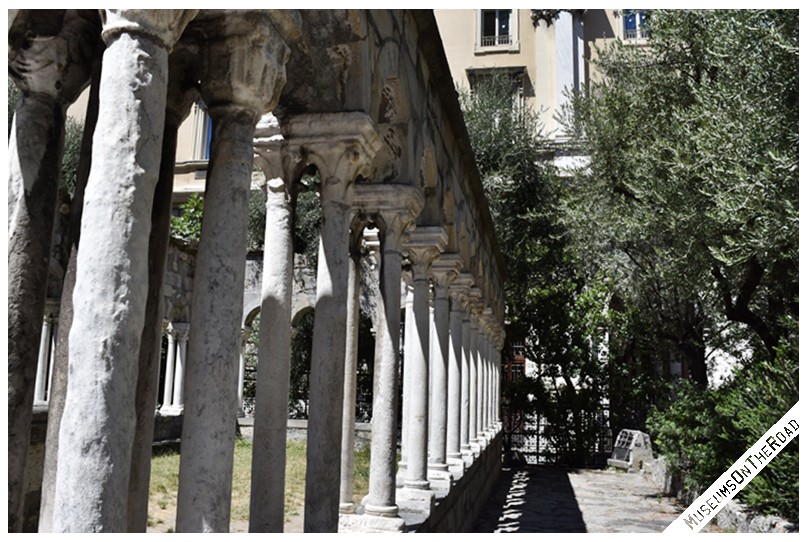
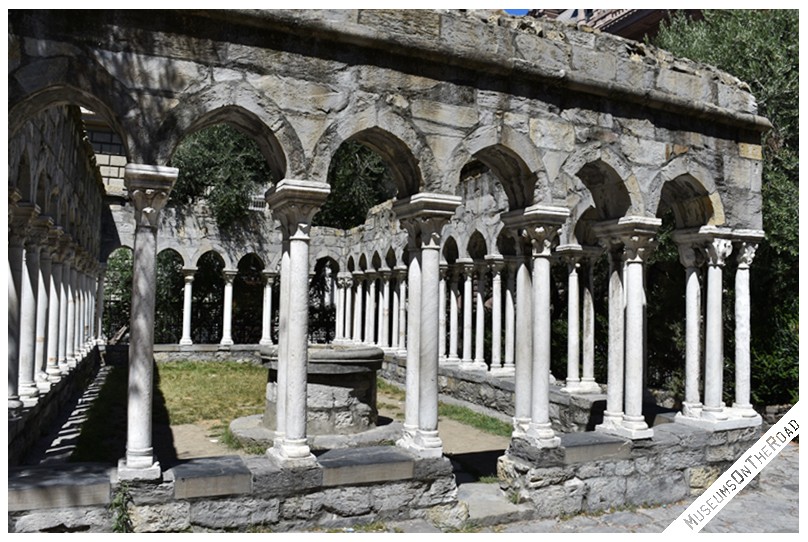
At the top of the climb stands the rather severe Porta Soprana, access gate to the medieval city from the east built between 1155 and 1158, to defend the city from an attack (which did not happen) by the troops of Federico Barbarossa. For this reason the walls of which it constituted the main passage are called “del Barbarossa”. It has a number of commemorative plaques celebrating the glories of Genoa.


Christopher Columbus (born between August 26 and October 31?, 1451, Genoa [Italy]—died May 20, 1506, Valladolid, Spain) was a master navigator and admiral whose four transatlantic voyages (1492–93, 1493–96, 1498–1500, and 1502–04) opened the way for European exploration, exploitation, and colonization of the Americas.
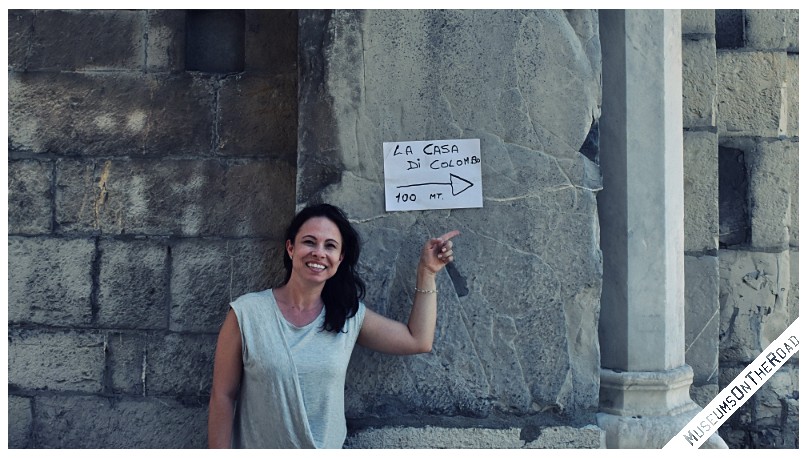
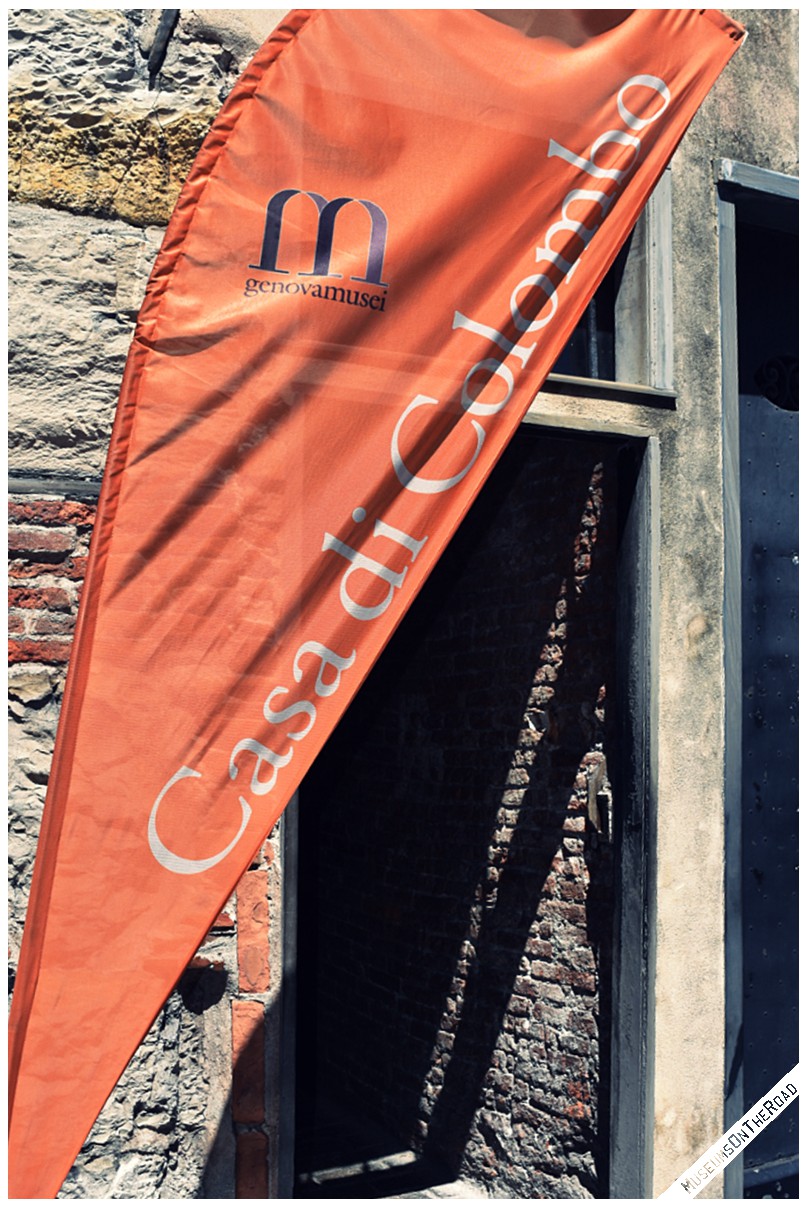
Columbus made his transatlantic voyages under the sponsorship of Ferdinand II and Isabella I, the Catholic Monarchs of Aragon, Castile, and Leon in Spain.
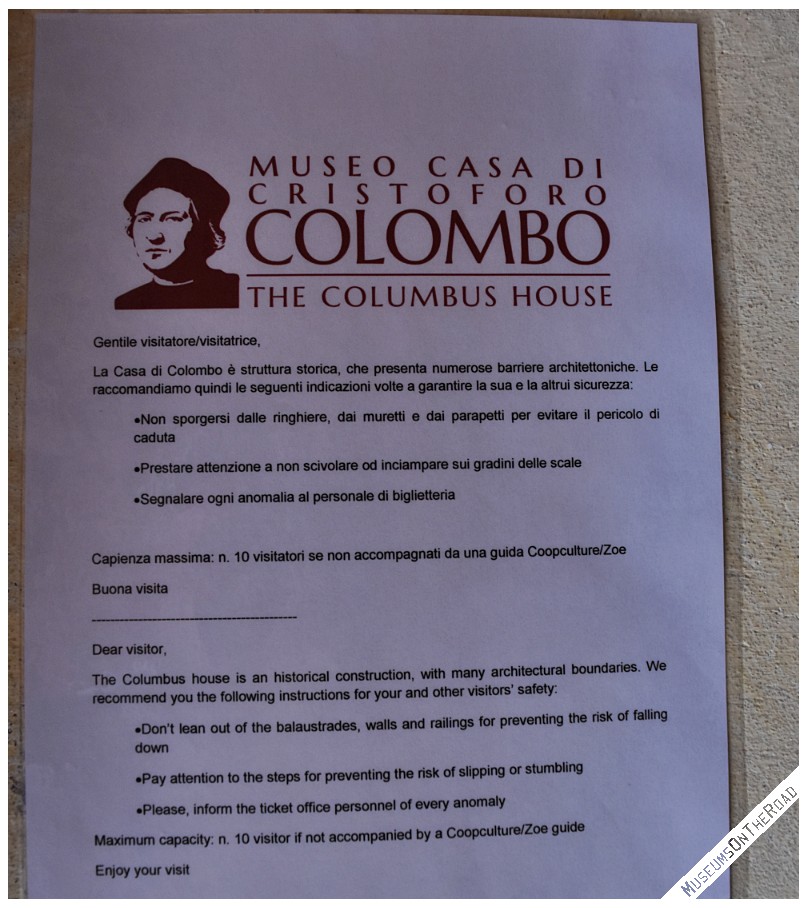
He was at first full of hope and ambition, an ambition partly gratified by his title “Admiral of the Ocean Sea,” awarded to him in April 1492, and by the grants enrolled in the Book of Privileges (a record of his titles and claims). However, he died a disappointed man.

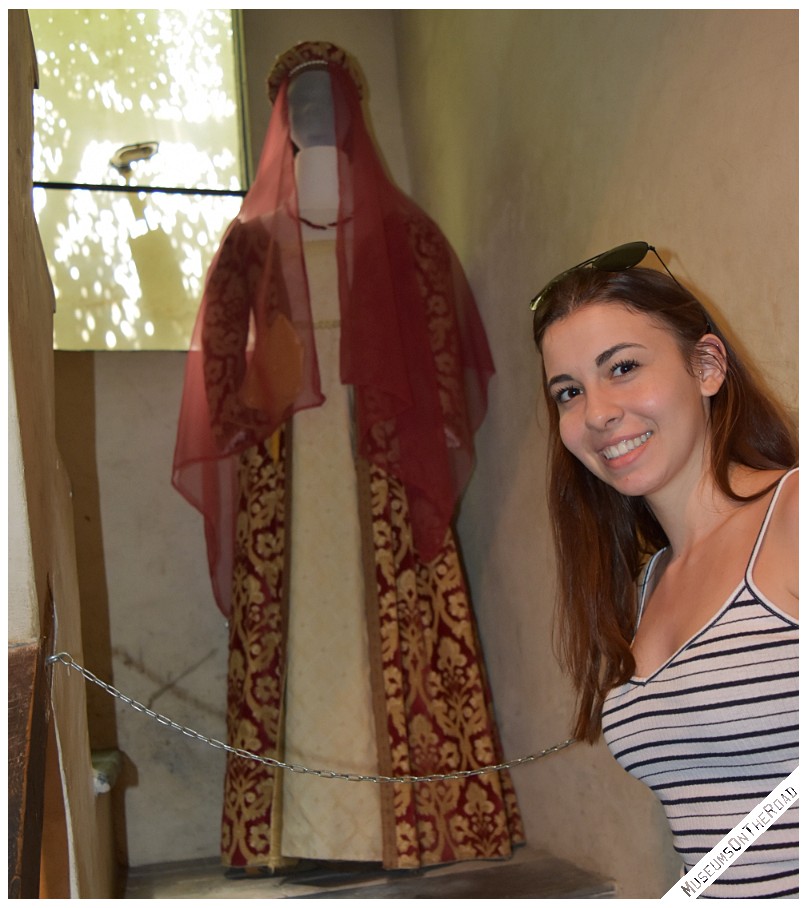
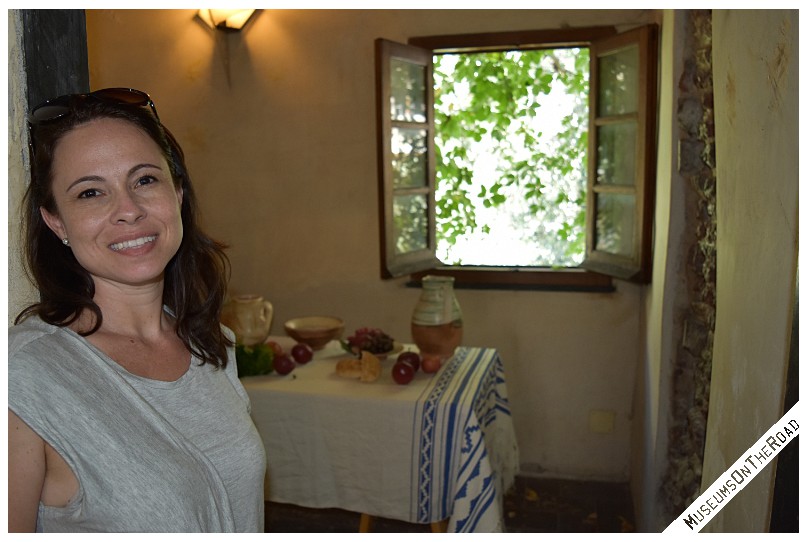
Little is known of Columbus’s early life. The vast majority of scholars, citing Columbus’s testament of 1498 and archival documents from Genoa and Savona, believe that he was born in Genoa to a Christian household; however, it has been claimed that he was a converted Jew or that he was born in Spain, Portugal, or elsewhere.

Columbus was the eldest son of Domenico Colombo, a Genoese wool worker and merchant, and Susanna Fontanarossa, his wife. His career as a seaman began effectively in the Portuguese merchant marine.

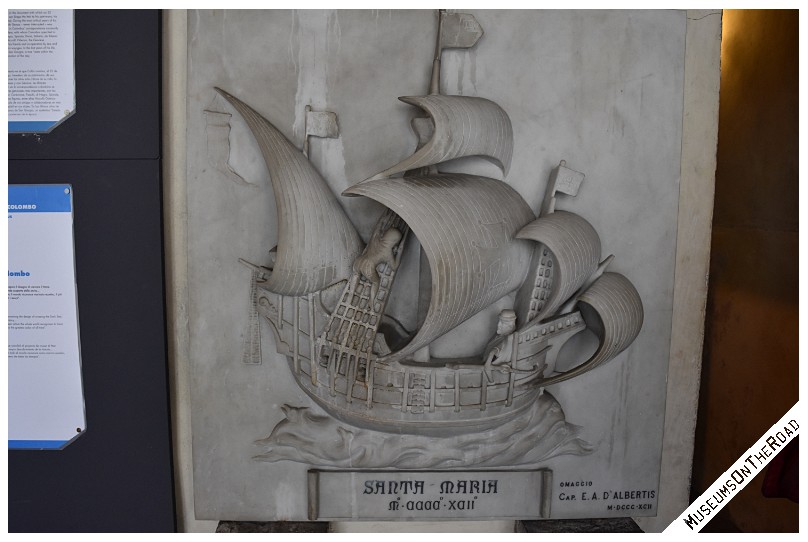
The ships for the first voyage—the Niña, Pinta, and Santa María—were fitted out at Palos, on the Tinto River in Spain. Consortia put together by a royal treasury official and composed mainly of Genoese and Florentine bankers in Sevilla (Seville) provided at least 1,140,000 maravedis to outfit the expedition, and Columbus supplied more than a third of the sum contributed by the king and queen.

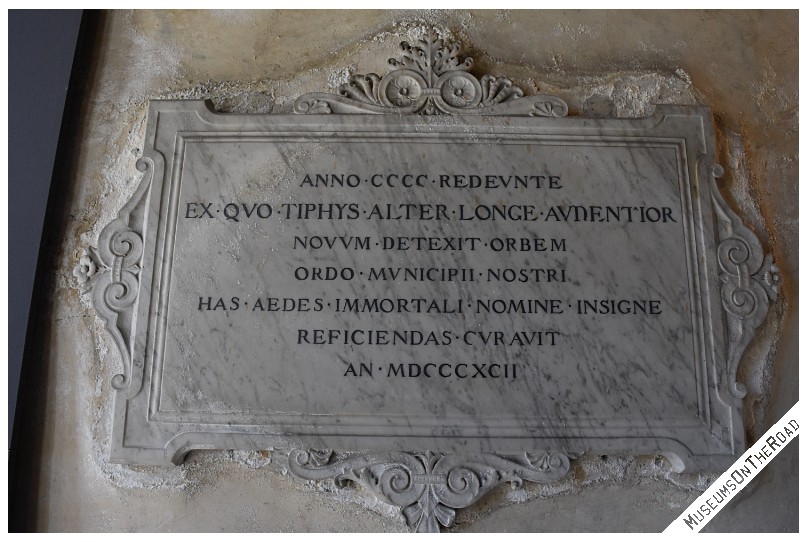
The debate about Columbus’s character and achievements began at least as early as the first rebellion of the Taino Indians and continued with Roldán, Bobadilla, and Ovando.
The Columbus quincentenary of 1992 rekindled the intensity of this early questioning and redirected its aims, often with insightful results. The word “encounter” is now preferred to “discovery” when describing the contacts between Europe and the Americas, and more attention has been paid to the fate of indigenous Americans and to the perspectives of non-Christians.
Columbus has been blamed for events far beyond his own reach or knowledge, and too little attention has been paid to the historical circumstances that conditioned him. His obsessions with lineage and imperialism, his zealous religious beliefs, his enslaving of indigenous peoples, and his execution of colonial subjects come from a world remote from that of modern democratic ideas, but it was the world to which he belonged.
The forces of European expansion, with their slaving and search for gold, had been unleashed before him and were quite beyond his control; he simply decided to be in their vanguard.
He succeeded. Columbus’s towering stature as a seaman and navigator, the sheer power of his religious convictions (self-delusory as they sometimes were), his personal magnetism, his courage, his endurance, his determination, and, above all, his achievements as an explorer should continue to be recognized.
Photo-α: Christopher Columbus’ House
Further information at: MuseiDiGenova.it/CasaDiColombo| Biography.com/ChristopherColumbus | wiki.org/ChristopherColumbus
“The explorer Christopher Columbus made four trips across the
Atlantic Ocean from Spain: in 1492, 1493, 1498 and 1502.
He was determined to find a direct water route west from Europe to Asia,
but he never did. Instead, he stumbled upon the Americas.”
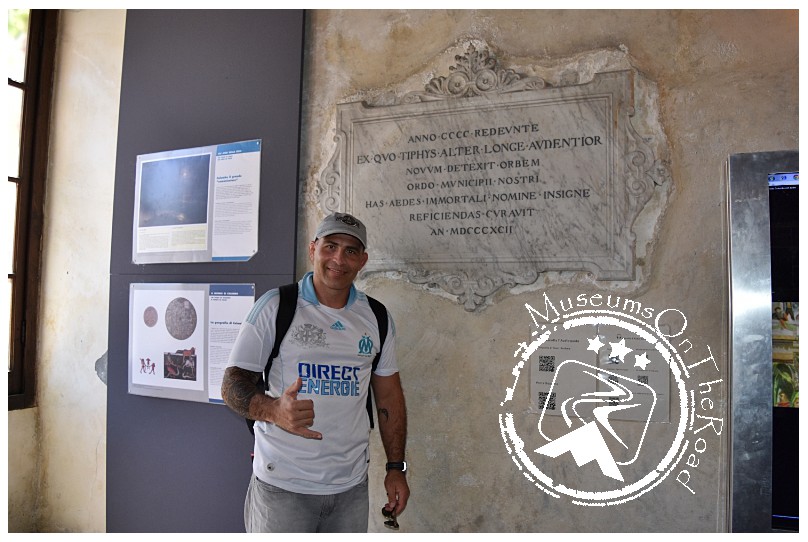
Valew Valew OnTheRoad ==🤙